What's the Best Night Vision Security Camera in 2024?
Not all security cameras are made equal, especially when price point is to be considered. If you're looking to purchase your first camera, chances are you're trying to weigh the right balance between features and costs. However, one feature not to be overlooked is night vision.
Night vision security cameras offer an invaluable advantage by providing visibility in low-light conditions, crucial for round-the-clock surveillance. Whether monitoring indoor or outdoor spaces, the ability to capture clear footage during the night enhances security measures. In this guide, we'll explore the key features and top options in night vision security cameras to help you make an informed choice.
Key Features to Consider
Choosing the best night vision smart security camera requires evaluating several key features to ensure it meets your surveillance needs. Below, we'll summarize the key features you should consider and discuss them in detail:
Infrared Night Vision Range
Infrared night vision range is crucial because it determines how far your camera can see in complete darkness. Infrared (IR) light is a type of electromagnetic radiation that is invisible to the human eye but can be detected by certain sensors. IR security cameras emit infrared light and use specialized image sensors that are sensitive to it. These sensors convert the infrared light reflected off objects into an electronic signal, creating a visible image.
This feature is especially important for outdoor cameras where streetlights or other light sources are not always present. For residential properties, infrared security cameras with a range of 30 to 50 feet are generally sufficient, allowing clear visibility in common areas such as driveways and backyards. For commercial properties or larger spaces, look for infrared cameras with a range of 100 feet or more. This extended range ensures comprehensive coverage and effective surveillance over larger areas.
Resolution and Image Quality

High resolution and superior image quality are fundamental for capturing detailed and clear footage, which is essential for identifying faces, license plates, and other critical details during an incident.
Contributions to Overall Effectiveness
- 1080p Resolution: Offers clear and detailed images, suitable for most standard surveillance needs.
- 2K or 4K Resolution: Provides exceptional detail and clarity, particularly useful for high-security areas or large spaces where identifying small details is crucial.
Higher resolutions contribute to the overall effectiveness of a security camera by ensuring that the recorded footage is sharp and detailed, making it easier to analyze events and identify intruders.
Field of View
Field of view (FOV) refers to the extent of the observable area a camera can cover. It is measured in degrees and determines how much of a scene the camera can capture.
Practical Implications
- Wider FOV (100-180 degrees): Covers a larger area, reducing the need for multiple cameras. Ideal for wide-open spaces like backyards or parking lots.
- Narrower FOV (60-90 degrees): Provides more detail in a specific area, making it suitable for focused surveillance on entry points like doors and windows.
Choosing the Right FOV
Consider your specific surveillance needs when choosing the FOV:
- Large, open areas: Opt for a wider FOV to minimize blind spots.
- Specific entry points: Choose a narrower FOV for detailed monitoring.
Low Light Performance
Low light performance ensures that the camera captures usable footage in conditions where lighting is minimal, such as during dusk, dawn, or in shaded areas.
Key Features
- Low-light sensors: Enhance the camera’ ability to capture clear images in dim conditions and night vision capability.
- Wide Dynamic Range (WDR): Balances lighting across the image, improving visibility in areas with stark contrasts between light and dark.
Effective low-light performance is vital for round-the-clock surveillance, ensuring the camera can produce clear and identifiable footage regardless of the lighting conditions.
Built-In Sensors
Built-in sensors enhance the functionality of security cameras by automating responses to changes in the environment, saving storage space, and reducing the need for constant monitoring:
- Motion Detection: Helps focus on relevant events, minimizing storage use and making it easier to review footage.
- Ambient Light Sensors: Ensure the camera adapts to varying light conditions, maintaining consistent image quality.
Types of Sensors
-
Motion Detection: Detects movement within the camera’s field of view and triggers recording or alerts.

- Ambient Light Sensors: Adjust the camera’s settings based on the lighting conditions, ensuring optimal image quality at all times.
Connectivity
Reliable connectivity is crucial for ensuring continuous monitoring and remote access to your security camera feed. It allows you to check live footage, receive alerts, and manage your camera settings from anywhere, enhancing the overall security of your property.
Options
- Wired: Provides a stable and reliable connection but may require professional installation.
- Wireless: Easier to install and more flexible in placement but can be susceptible to interference.
- Power over Ethernet (PoE): Combines power and data transfer in a single cable, offering a reliable connection with simplified installation.
Video Storage Options
Comparison
- Local Storage: Utilizes SD cards or DVR systems for storing footage on-site.
- Cloud Storage: Stores footage on remote servers, accessible from anywhere with an internet connection.
- Hybrid Systems: Combine local and cloud storage, offering the benefits of both methods.
Advantages and Limitations
-
Local Storage:
- Advantages: No ongoing fees, immediate access to footage.
- Limitations: Vulnerable to theft or damage, limited storage capacity.
-
Cloud Storage:
- Advantages: Accessible from anywhere, often includes backup and security features.
- Limitations: Requires subscription fees, dependent on internet connectivity.
-
Hybrid Systems:
- Advantages: Provides redundancy and flexibility, ensuring footage is secure and accessible.
- Limitations: Can be more complex to manage and may involve higher costs.
Smart Platform Integration
Integrating your security camera with popular smart platforms enhances convenience and functionality. It allows you to control and monitor your camera using voice commands and integrates with other smart devices in your home. Compatibility Ensure that your security camera is compatible with popular smart platforms such as:
- Amazon Alexa
- Google Assistant
- Apple HomeKit
Smart platform integration allows for seamless interaction with your security system, enabling features like voice control, automated routines, and integrated alerts.
Extra Features
Certain cameras offer extra features that set them apart, such as:
- Two-Way Audio: Enables communication through the camera, useful for speaking to visitors or deterring intruders.
- Spotlights: Provide additional lighting, improving night vision and acting as a deterrent.
- Siren Alarms: Activate in response to detected motion, alerting you and scaring off potential intruders.
These extra features can enhance the security and versatility of your surveillance system, providing additional layers of protection and convenience.
Price
Balancing price and features is essential when choosing a security camera. While high-end cameras offer advanced functionalities, they may not be necessary for all users, especially those with budget constraints.
Balancing Features with Budget Constraints
- Set a Budget: Determine how much you are willing to spend on a security camera.
- Prioritize Essential Features: Identify the features most important for your needs and prioritize them within your budget.
- Consider Long-Term Costs: Account for potential subscription fees for cloud storage or additional accessories.
By carefully balancing features and costs, you can find a security camera that provides good value without compromising on essential functionalities.
Top Night Vision Security Cameras for 2024
If you're in the market for a home security camera with excellent night vision mode, we've come up with the top 5 best night vision cameras you can buy today.

Nest Cam (Wired)

The Nest Cam (Wired) stands out in the crowded market of indoor security cameras due to its exceptional video quality and intelligent features. Despite its 1080p resolution, the inclusion of a 4K image sensor and HDR technology ensures that the footage captured is clear, vibrant, and detailed, rivaling many higher-resolution cameras. HDR capability is particularly beneficial in indoor environments with variable lighting, as it balances the brightness and darkness within the video, enhancing visibility and reducing glare.
The IR night vision capability, powered by 850nm LEDs, provides sufficient illumination for most indoor settings, allowing the camera to see up to 15 feet in complete darkness. This range is adequate for typical indoor spaces and helps prevent the common issue of excessive glare caused by stronger infrared LEDs.
One of the Nest Cam’s standout features is its intelligent detection capabilities. The camera’s built-in AI can differentiate between people and other types of movement, significantly reducing the number of false alerts. This feature is enhanced further with a Nest Aware subscription, which adds familiar face recognition, sound detection, and customizable activity zones. These advanced features allow users to tailor the alerts to their specific needs, improving Nest Cam's effectiveness and reducing unnecessary notifications.
Pros:
1. Enhanced Video Quality with HDR: The 4K image sensor and HDR ensure superior video quality compared to other 1080p cameras. Users appreciate the balanced, lifelike footage that highlights details in both bright and shadowy areas. 2. Person Detection: The built-in AI for person detection helps reduce unnecessary notifications, allowing users to focus on important events. This feature enhances the camera’s utility in busy households or offices.3. Advanced AI Features with Nest Aware: Subscribing to Nest Aware unlocks additional AI capabilities such as familiar face recognition, sound alerts, and activity zones. These features enhance the camera’s intelligence and customization options, making it more effective at monitoring and reducing false alarms.
Blink Outdoor Camera

Pros:
1. Cost-Effective: Priced at $99.99 per camera, the Blink Outdoor Camera offers an affordable option for outdoor surveillance without compromising on essential features. Its budget-friendly price point makes it accessible to a wide range of users.
2. Completely Wire-Free: The wire-free design simplifies installation and allows for flexible placement in outdoor environments. Users can mount the camera in secluded or dark areas without the hassle of running power cables, enhancing security coverage.
3. Affordable Cloud Storage: The Blink Outdoor Camera offers affordable cloud storage options for users who prefer off-site backup of their footage. The subscription plans are competitively priced, providing a cost-effective solution for accessing and storing recorded videos remotely.
4. Works Indoors and Outdoors: The versatility of the Blink Outdoor Camera allows it to be used both indoors and outdoors, providing flexibility in surveillance applications. Whether monitoring the perimeter of a property or monitoring indoor spaces, the camera delivers reliable performance.
Cons:
1. No Local Storage: Unlike its free local storage option, the Blink Outdoor Camera does not offer built-in local storage. Users must purchase a Sync Module 2 and a USB flash drive separately to enable local storage capabilities, adding to the initial setup cost.
2. No Person Detection: The camera lacks advanced features such as person detection, which can lead to more false alarms from non-human movement. Users may receive notifications for irrelevant events, requiring manual intervention to filter out unwanted alerts.
3. Requires a Sync Module: The Blink Outdoor Camera requires a Sync Module for operation, adding an extra component to the setup process. While the Sync Module enables local storage and facilitates connectivity, it adds complexity to the installation and may require additional setup time.
4. Narrow Field of View: The camera's field of view is narrower compared to some competing models, limiting the coverage area and potentially missing critical events outside of its range. Users may need to deploy multiple cameras to achieve comprehensive surveillance coverage.
Check here to learn how to enhance the battery and the night vision of your Blink Outdoor camera.
Arlo Pro 3

The Arlo Pro 3 stands out as a premium wire-free security camera with exceptional video quality, versatile night vision options, and rugged weatherproof construction. Its 2560p resolution, IR and color night vision capabilities, and IP65 weatherproof rating make it an ideal choice for users seeking reliable surveillance both indoors and outdoors.
The Arlo Pro 3's exceptional video quality ensures clear and detailed footage, allowing users to capture important details and events with confidence. Whether monitoring during the day or at night, users can rely on the camera to deliver crisp images and enhanced visibility, enhancing security and peace of mind.
Pros:
1. Exceptional Video Quality: The Arlo Pro 3 delivers high-definition video footage with exceptional clarity and detail, thanks to its 2560p resolution. Users appreciate the ability to capture clear images both during the day and at night, enhancing security and surveillance capabilities.
2. Dual Night Vision Options: Users have the flexibility to choose between traditional infrared night vision and color night vision modes. This versatility allows for discreet monitoring or enhanced visibility, depending on the user's preferences and surveillance needs.
3. Wire-Free Installation: The completely wire-free design simplifies installation and allows for flexible placement indoors and outdoors. Users can mount the camera in various locations without the hassle of wiring, enhancing convenience and ease of use.
4. IP65 Weatherproof Rating: The IP65 weatherproof rating ensures durability and reliability in outdoor environments, making the Arlo Pro 3 suitable for use in various weather conditions. Users can rely on the camera to withstand dust, water, and other environmental factors, ensuring continuous surveillance coverage.
Cons:
1. No Free Person Detection: Unlike some competing models, the Arlo Pro 3 does not offer free person detection as part of its standard features. Users may need to purchase a subscription plan to access advanced detection capabilities, increasing the overall cost of ownership.
2. Requires Arlo Hub: The Arlo Pro 3 requires an Arlo Hub for operation, adding an extra component to the setup process. While the hub facilitates connectivity and enhances security, it adds complexity to the installation and may require additional setup time.
3. No Free Cloud Storage: Users must subscribe to a cloud storage plan to access cloud storage options for recorded footage. This additional cost may deter budget-conscious users or those who prefer free storage options.
4. Needs to Be Recharged: Despite its long battery life, the Arlo Pro 3 needs to be recharged periodically, typically every three to six months. Users may need to plan for regular maintenance to ensure uninterrupted surveillance coverage.
Ring Spotlight Up Cam Plus

The Ring Spotlight Cam Plus is a motion-activated security camera designed to provide surveillance and security monitoring for both indoor and outdoor spaces. With features such as dual power options, customizable motion detection, and integration with the Alexa smart platform, the Ring Spotlight Cam Plus offers convenience, flexibility, and peace of mind to homeowners and businesses alike.
Pros:
1. Dual Power Options: Users appreciate the flexibility to choose between battery-powered or wired operation, allowing for customizable installation and extended usage without frequent battery replacements.
2. Cunning Vertical or Horizontal Mount Design: The camera's versatile mount design enables both vertical and horizontal installation, providing flexibility in placement and coverage options to suit different surveillance needs.
3. Alexa Integrations: Integration with the Alexa smart platform enhances convenience and accessibility, allowing users to control the camera using voice commands and seamlessly integrate it into their smart home ecosystem.
4. Snapshot Feature for Timelapse-Like Event History: The Snapshot feature provides valuable context and documentation of activity around the camera, facilitating easier event analysis and monitoring for users.
Cons:
1. Mixture of USB Sockets: Some users have noted a mixture of USB sockets on the camera, which may lead to confusion or compatibility issues when connecting external devices or power sources.
2. No HomeKit or Google Assistant Support: The camera lacks support for popular smart platforms such as HomeKit or Google Assistant, limiting compatibility and integration options for users with existing smart home setups.
3. Ring Protect Cloud Service Relatively Expensive: While cloud storage options are available, some users find the Ring Protect cloud service relatively expensive compared to competing offerings. This may deter budget-conscious users or those looking for more cost-effective storage solutions.
4. Only 2.4GHz Wi-Fi: The camera only supports 2.4GHz Wi-Fi networks, which may limit connectivity options for users with dual-band routers or networks operating primarily on 5GHz frequencies.
Wyze Cam v3

The Wyze Cam v3 builds upon the success of its predecessors, offering an unparalleled combination of affordability, performance, and versatility in the home security camera market. With enhancements such as color night vision, intelligent motion detection, and seamless integration with popular smart platforms, the camera delivers comprehensive surveillance and monitoring capabilities for users seeking cost-effective security solutions.
Pros:
1. Very Affordable: The Wyze Cam v3 offers an exceptional value proposition, delivering a wide range of features and capabilities at an incredibly low price point of $35.98.
2. Works Indoors and Outside: With an IP65 weatherproof rating, the camera is suitable for both indoor and outdoor use, providing flexibility in installation and placement options for users seeking comprehensive home security coverage.
3. Local Storage and Free Cloud Storage: Users can choose between local storage via microSD card or free cloud storage for recorded footage, ensuring accessibility and backup options without additional subscription costs.
4. Amazon Alexa, Google Assistant, and IFTTT Support: Integration with popular smart platforms enables seamless control and automation of the camera, enhancing convenience and interoperability within the broader smart home ecosystem.
5. Motion, Person, and Sound Detection: The camera's intelligent detection capabilities, including person detection and soon-to-be-added features for vehicles, packages, and animals, provide users with proactive alerts and notifications for enhanced security monitoring.
Cons:
1. Doesn't Support HomeKit: Some users may find the lack of support for Apple HomeKit limiting, particularly if they have existing smart home setups or preferences for HomeKit-compatible devices.
2. Some Features Require a Subscription: While the camera offers a wealth of features out of the box, certain advanced capabilities such as extended motion detection history require a Wyze Cam Plus subscription, which may incur additional costs for users seeking comprehensive functionality.
How to Choose the Best Night Vision Surveillance Camera for You
Choosing the right night vision surveillance camera involves assessing your specific needs and preferences. Follow these steps to make an informed decision:
-
Identify Your Surveillance Area: Determine whether you need indoor or outdoor surveillance and the specific areas you want to monitor.
-
Assess Lighting Conditions: Consider the level of natural light in the surveillance area, as well as any potential sources of glare or shadows. You may also use artificial light sources such as floodlights to improve nighttime images in low-light conditions.
-
Define Surveillance Range: Determine the distance you need the camera to cover during nighttime surveillance to ensure optimal visibility. Long-range night vision cameras are suitable for properties with
-
Consider Connectivity Options: Evaluate the available connectivity options, such as Wi-Fi or Ethernet, to ensure seamless integration with your existing network and monitoring setup.
-
Review Storage Requirements: Decide whether you prefer local storage via microSD card, cloud storage, or a combination of both, based on your recording and access needs.
-
Explore Additional Features: Look for extra features like motion detection, two-way audio, pan-tilt-zoom capabilities, and smart platform integration to enhance your surveillance experience.
-
Set a Budget: Determine your budget for the camera and any additional accessories or subscriptions required for optimal functionality.
-
Read Reviews and Comparisons: Research and compare different night vision surveillance cameras based on user reviews, expert opinions, and technical specifications to narrow down your options.
-
Consider Compatibility: Ensure that the chosen camera is compatible with your preferred smart platforms, mobile devices, and other surveillance equipment for seamless integration.
-
Evaluate Installation and Setup: Assess the ease of installation and setup process, including mounting options, power requirements, and configuration steps, to ensure a smooth deployment.
FAQ
What makes a good night vision security camera?
A good night vision security camera offers high-resolution imaging, infrared or color night vision capabilities, sufficient surveillance range, and reliable connectivity for round-the-clock monitoring.
What camera can I use to see in total darkness?
You can use an infrared night vision camera to see in total darkness. These cameras utilize infrared LEDs to illuminate the surveillance area, providing clear visibility without ambient light.
How far can a night vision camera see?
The range of a night vision camera depends on factors such as ambient light levels and camera specifications. In optimal conditions, some night vision cameras can see up to several hundred feet or more.
What is the difference between infrared camera and night vision?
Infrared cameras detect thermal radiation, converting it into a visible image, while night vision technology amplifies existing light to create visibility in low-light conditions. While both enhance visibility, their methods differ: infrared captures thermal energy, while night vision utilizes available light.


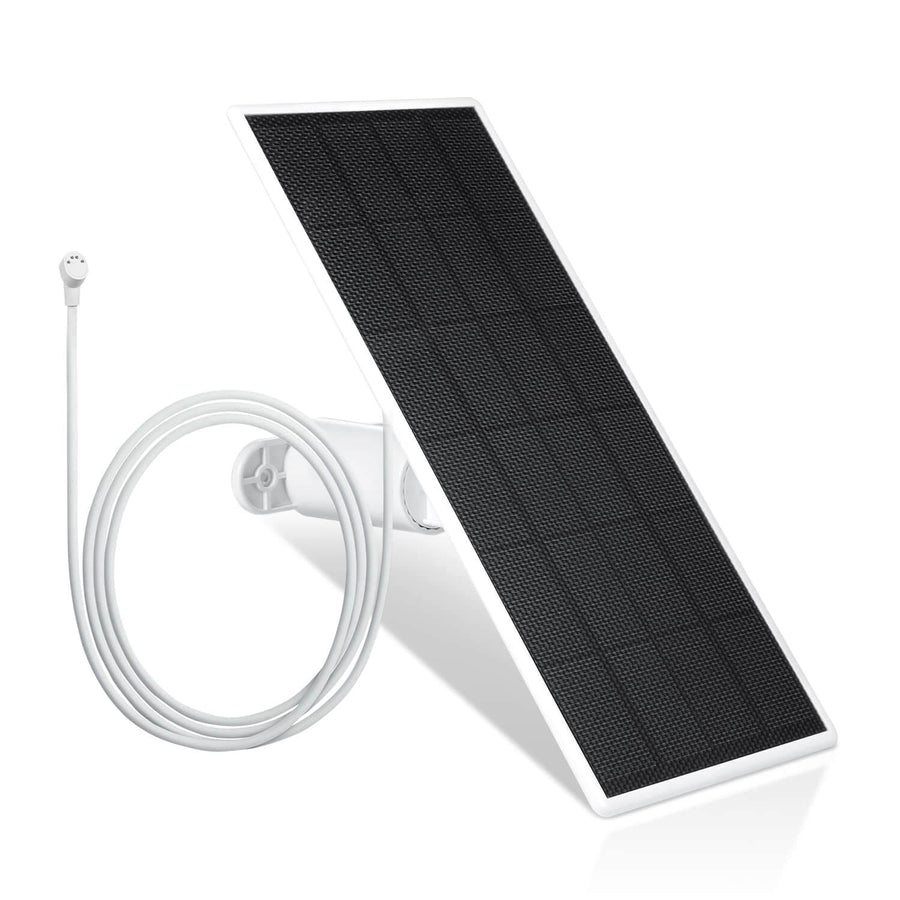
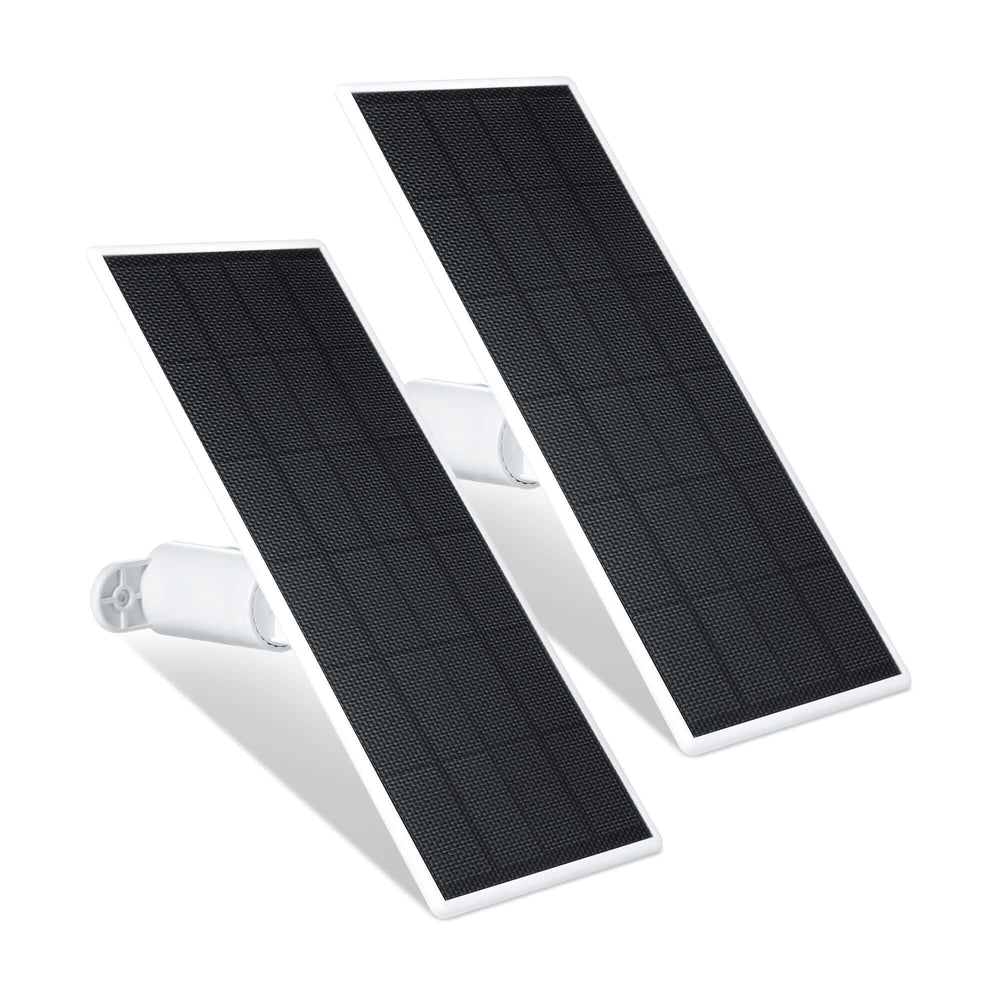
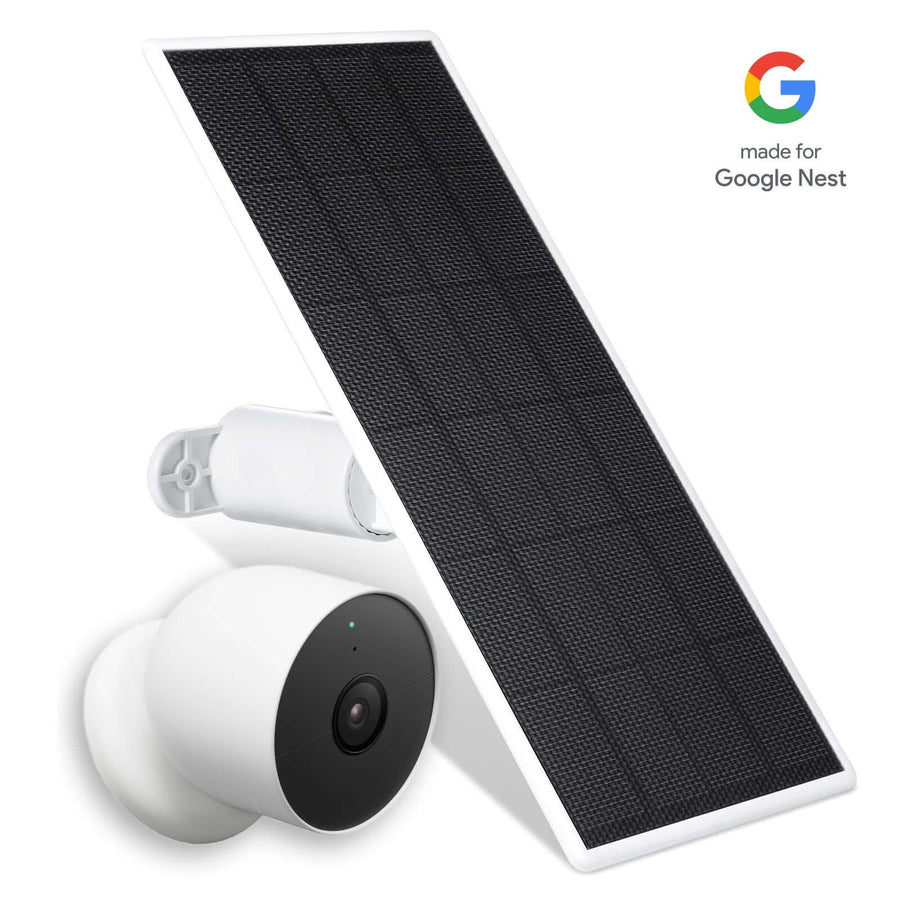
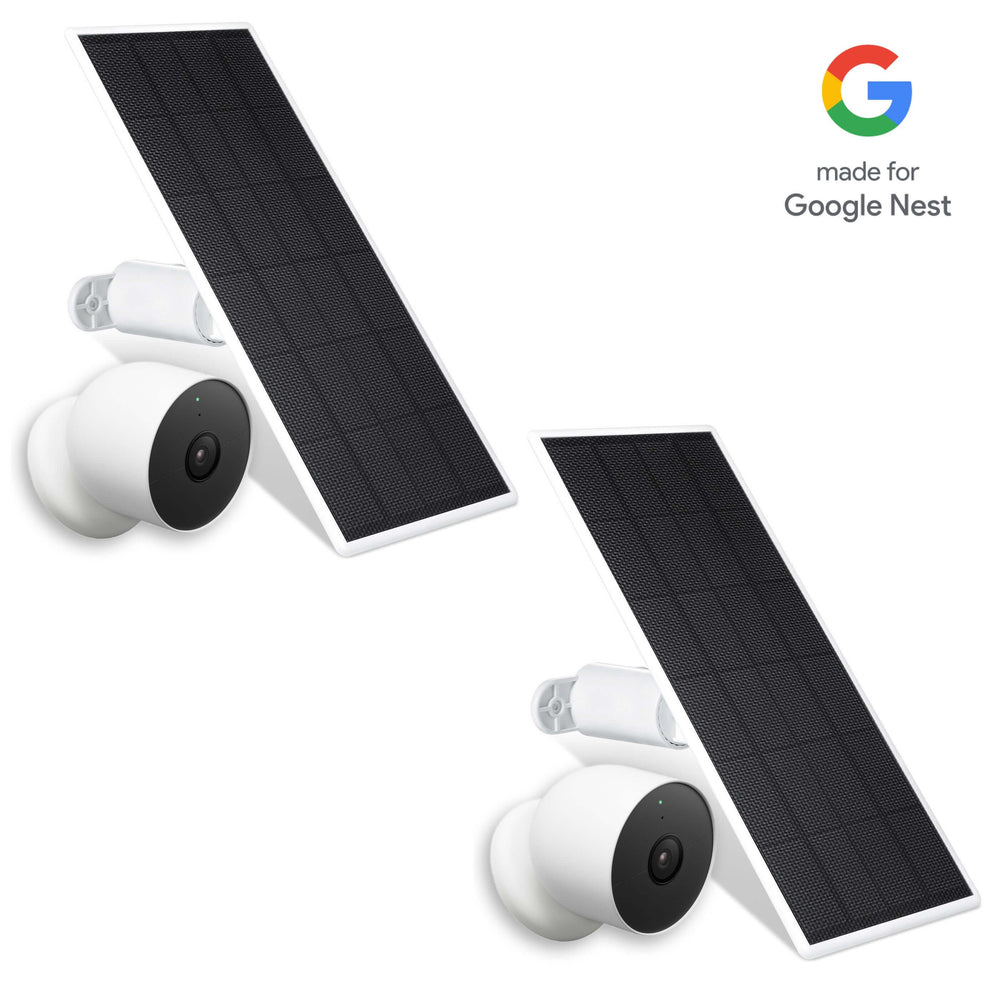
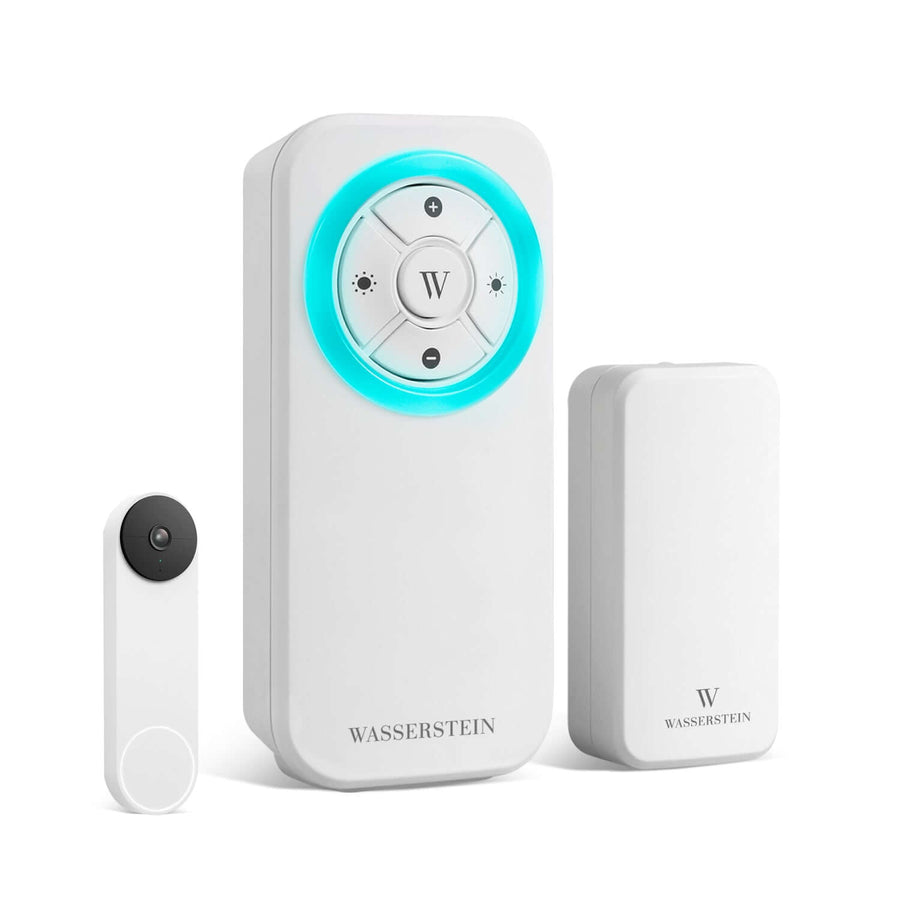
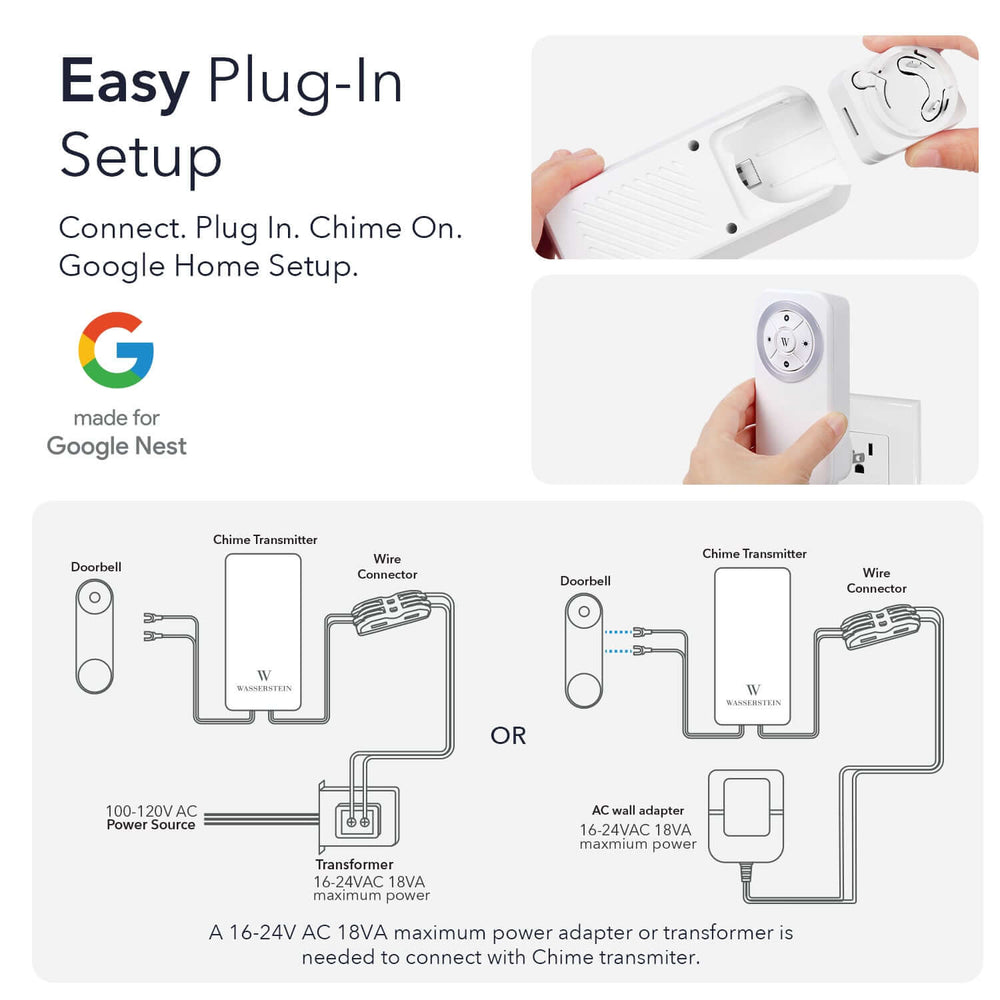
Leave a comment